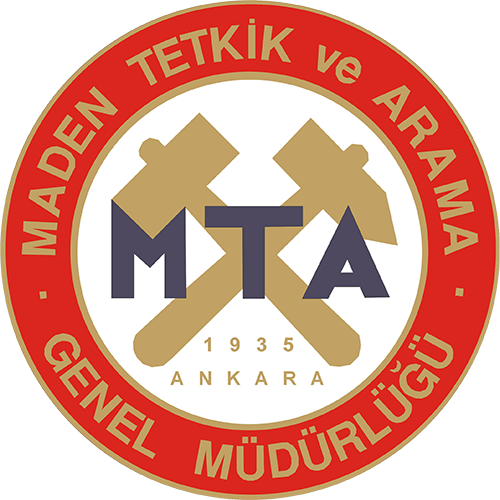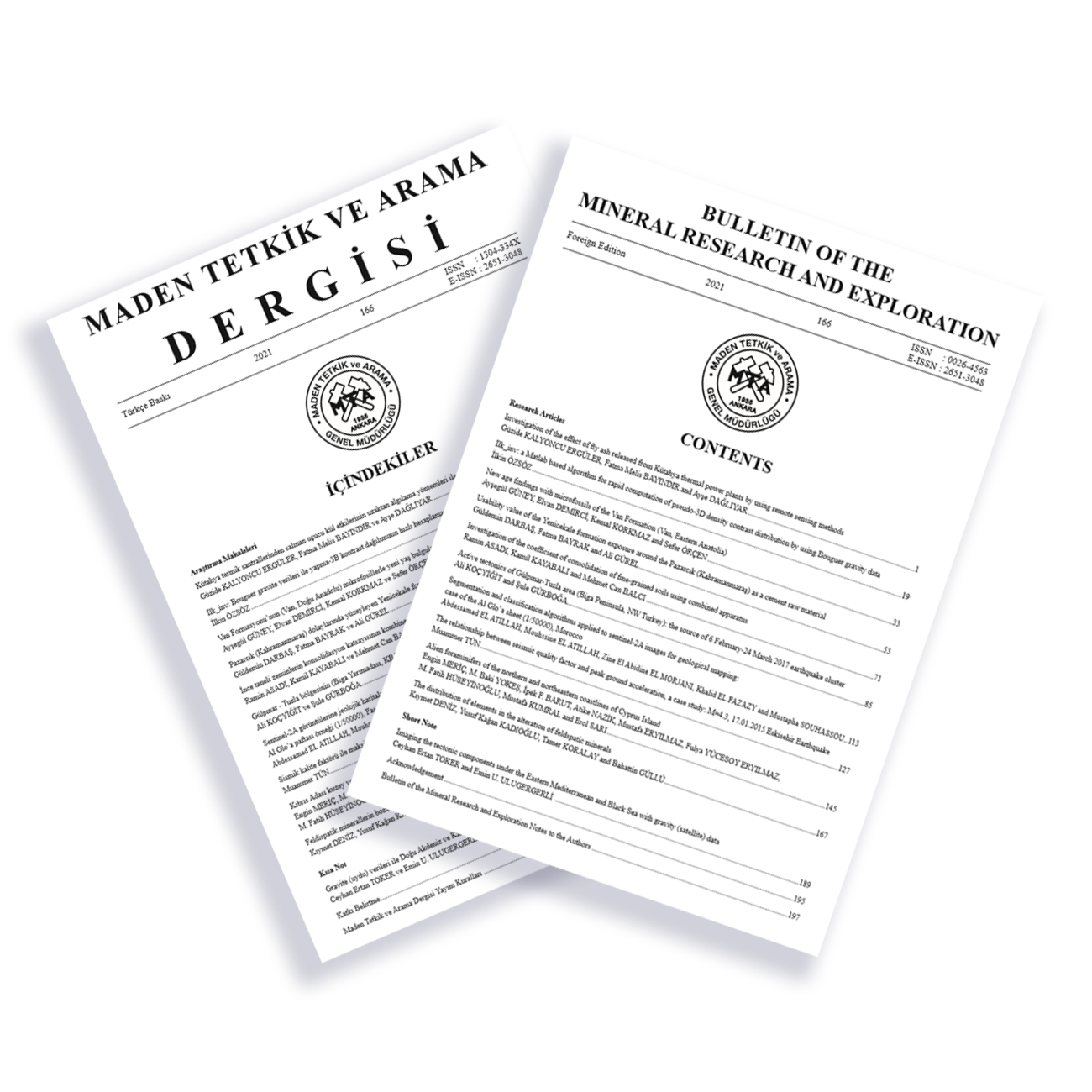A comparison of ion-exchange resins and activated carbon in recovering gold from cyanide leach solutions with low levels of copper
Düşük bakır içerikli siyanür liç çözeltilerinde altının elde edilmesi süreçlerinde iyondeğiştirici reçinelerin ve aktif karbonun karşılaştırılması
Indexed In
Volume 168 / 2022
Authors
Deus Albert MSUMANGE, Ersin Yener YAZICI, Oktay CELEP, Hacı DEVECİ
Keywords
Copper-Rich Gold Ore, Gold Adsorption, Activated Carbon, Resin, Selectivity.
Abstract
This study was conducted to determine the effectiveness of three different adsorbents for the adsorption of gold from a real cyanide leach liquor. An activated carbon (NORIT GAC 1240), strong base (Purogold A194), and weak base (Purogold S992) resins were tested as the adsorbents. The pregnant leach solution (PLS) was derived from cyanide leaching (1.5 g/L NaCN, 25% w/w solids ratio, 1.5 L/min air flow rate, pH 10.5 – 11, 24 h) of the roasted copper-rich refractory gold ore pretreated with H2SO4. Gold and copper concentrations in the PLS were analysed to be 26.1 mg/L
Au and 62.4 mg/L Cu, respectively. Activated carbon was found to be the best performing adsorbent as it achieved the highest gold loading. Purogold A194 loaded the highest amount of copper amongst the adsorbents tested. Despite the fact that activated carbon loaded a high amount of gold, it was less selective than Purogold S992. Purogold A194 exhibited the lowest selectivity, which was defined as the distribution ratio of gold to copper, compared with Purogold S992 and activated carbon. Therefore, the order of selectivity of the adsorbents tested was as follows: Purogold S992 > Activated carbon > Purogold A194.
Click for .pdf
Türkçe .pdf için tıklayınız

